How Dextall Integrates AI into Facade Design
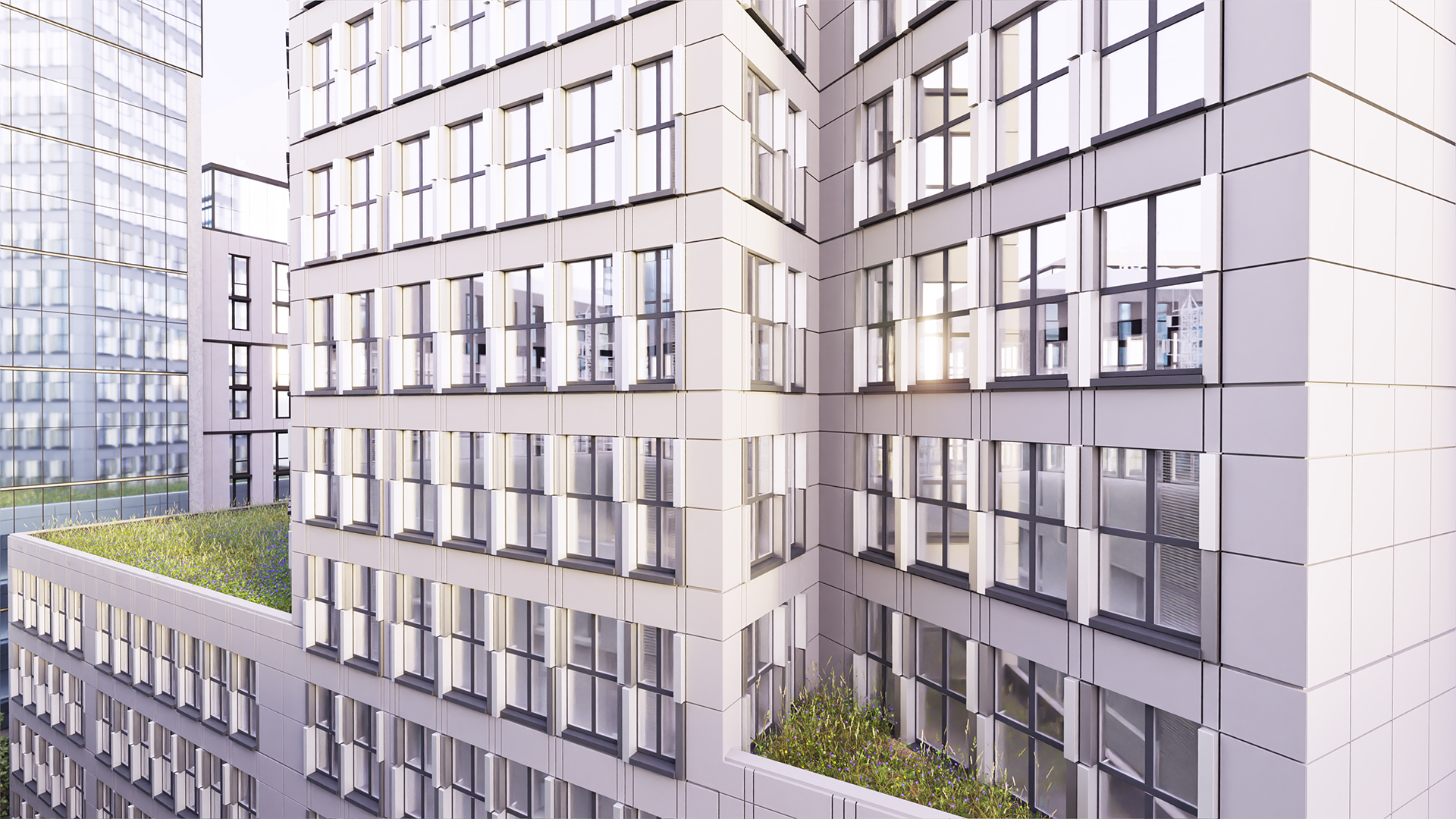
Dextall offers an architect-first approach to facade design, combining advanced technology with practical delivery. Dextall Studio keeps creative control and specification choices with the design team while simplifying coordination and reviews across disciplines.
In this process, AI does not replace the architect’s creativity; it supports it—reducing manual effort and adding transparency across the design and documentation phases. The result is fewer errors, faster decisions, and a clearer path to compliant, build-ready facade solutions.
Accelerating the Process from Design to Documentation
Dextall accelerates facade design by enabling cross-discipline coordination in a single stream. This preserves a demonstrated time advantage: moving from design to documentation markedly faster on complex projects, including high-rise programs.
The outcome is achieved by integrating the early phases—design, engineering, and production-ready outputs for facade systems—into one controlled workflow. Coordinated teams using modern digital tools eliminate duplicate effort and streamline approvals. Each step follows a clear plan, and real-time status tracking improves quality and predictability.
Automation of Complex Technical Stages
The core challenge of facade design is accounting for many details: panel structures, fasteners, insulation layers, and safety requirements. With digital platforms, it becomes possible to:
- Build high-fidelity 3D models of all elements, reducing planning-stage errors.
- Enable early validations that surface potential issues and simplify approvals.
- Provide decision-ready options, quantity guidance, and predictable lead-time signals for the design team.
- Optimize material choices and system parameters to match architectural requirements and real-world conditions.
- Coordinate downstream hand-offs and track status; prefabrication practices help cut site waste and transportation impacts.
This approach lowers risk and makes the technical process more efficient and transparent for all stakeholders.
Real-World Cases of Time Reduction
Dextall’s approach has been demonstrated on large-scale projects, particularly in New York’s high-rise sector. Headline outcomes include:
- Design and documentation cycles reported as moving from months to weeks on complex programs.
- Faster reviews and approvals enabled by complete, well-structured technical packages prepared from the outset.
- Clear, standardized deliverables that improve predictability in the field while preserving design intent.
- Measurable sustainability gains on projects, with high-performance envelope assemblies supporting energy savings and reduced lifecycle impact.
As a result, teams deliver faster without compromising quality or architectural uniqueness, while architects retain control over the design intent.
Supporting the Creativity of Architects and Developers
The company provides an environment where architects can realize their ideas without constraints while retaining full control over facade design. The approach relies on transparent, reliable tools and clear processes that remove friction around technical details. Coordinated teamwork preserves design intent and delivers precise, predictable outcomes.
Dextall Studio works as an unobtrusive assistant: it takes care of routine coordination and supports compliance so architects can focus on what matters most—shaping a unique facade identity.
Maintaining Control over Design
Architects are given flexible tools to tailor every facade element to their vision—from materials and palettes to profile placement and templates. Each change is instantly reflected in a realistic 3D view, making the impact on the building’s appearance immediately clear.
The technology works as a quiet assistant: it supports compliance needs, surfaces potential issues early, and aligns production expectations in the background—so architects stay focused on design rather than routine. This creates a balance where creativity leads the building’s character, while intelligent tools ensure accuracy and delivery readiness.
With a transparent, flexible process, architects can rapidly test alternatives without risking quality or schedule, and manufacturing receives clear, cost-efficient instructions—reducing errors and minimizing on-site delays.
Collaboration with Leading Architectural Firms
Dextall partners with global studios to align design intent with buildable, large-scale delivery. Examples include work associated with The Heritage retrofit in NYC, NJPAC mixed-use tower in Newark, 30th Street, LIC in Queens, 116th Street, Queens, and Westpark Apartments in Philadelphia—illustrating how standardized, high-performance systems can support complex programs while maintaining design quality.
Key advantages include:
- Joint planning and rapid information exchange across all parties.
- Bringing bold concepts to life without compromising technical or manufacturing aspects.
- Transparency and control at every stage, strengthening trust and quality.
Through these partnerships, innovation turns into built outcomes while creativity stays at the center of the process.
AI Support in Facade Design (FAQ)
What does Dextall Studio help with?
Streamlining and accelerating facade design—less manual overhead, a coordinated workflow, and faster iterations from concept to documentation.
How does it support quality and accuracy?
Through standardized processes and clear coordination, teams produce consistent, review-ready outputs that ease approvals and improve predictability.
Does it limit architects’ creativity?
No. The platform removes technical friction so architects can focus on concept, materials, and expression.
How much faster can facade projects proceed?
Design-to-documentation phases can move markedly faster—often from months to weeks—while maintaining control over design intent.
Which architectural firms use this support?
Partners include leading studios; recent public project pages include The Heritage retrofit (NYC), NJPAC tower (Newark), 30th Street LIC, 116th Street Queens, and Westpark Apartments, demonstrating the approach on large-scale work.

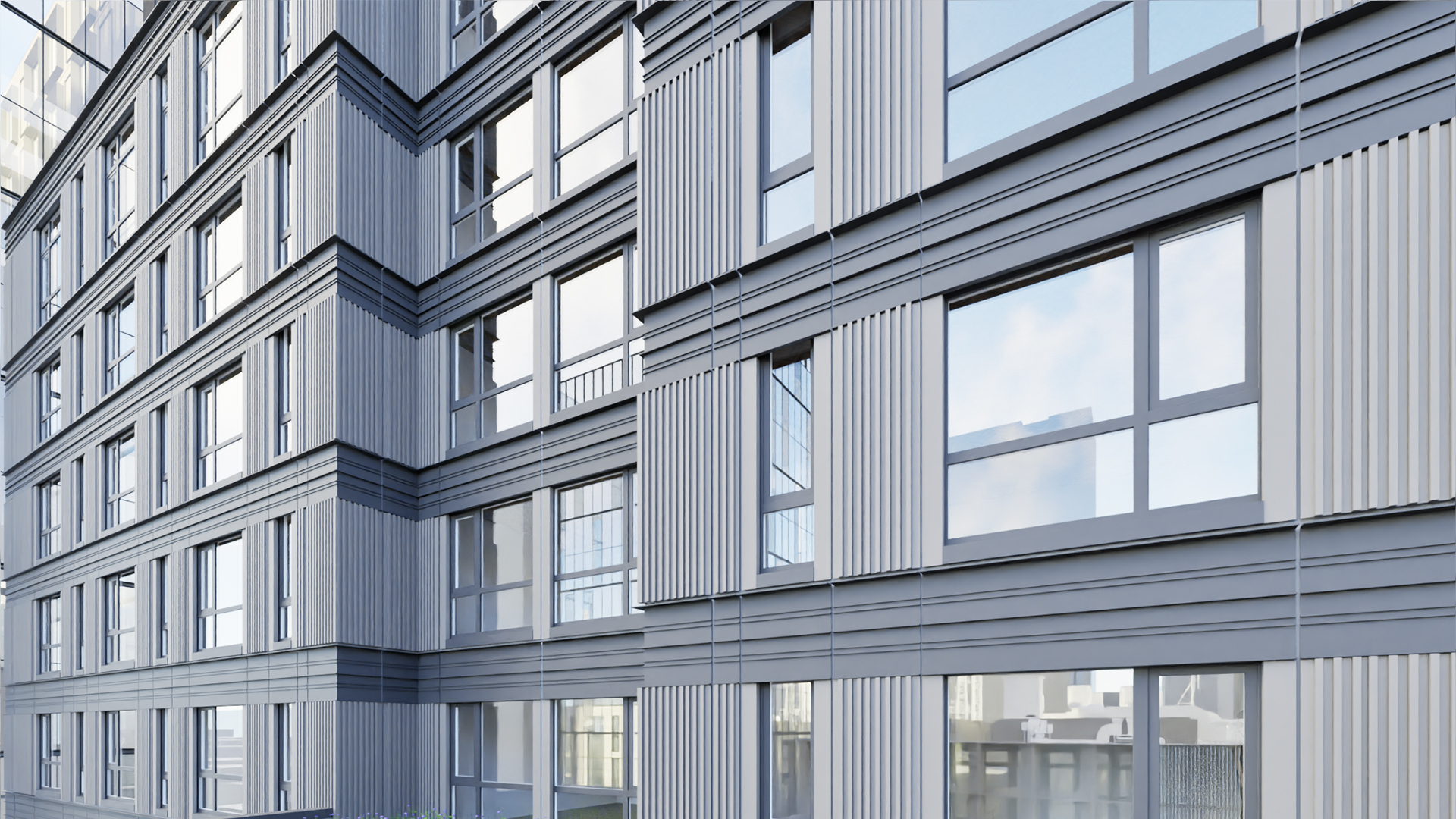
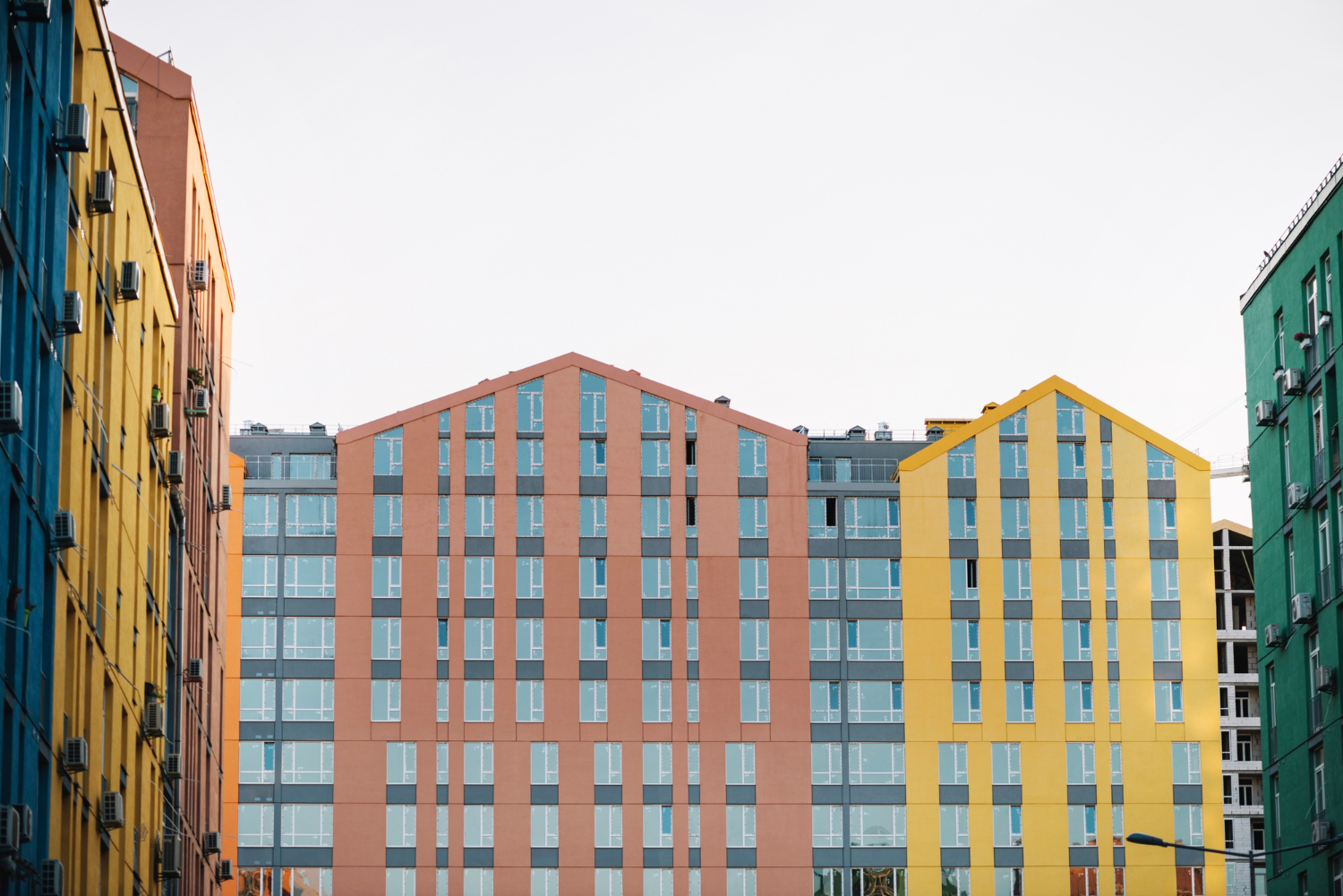


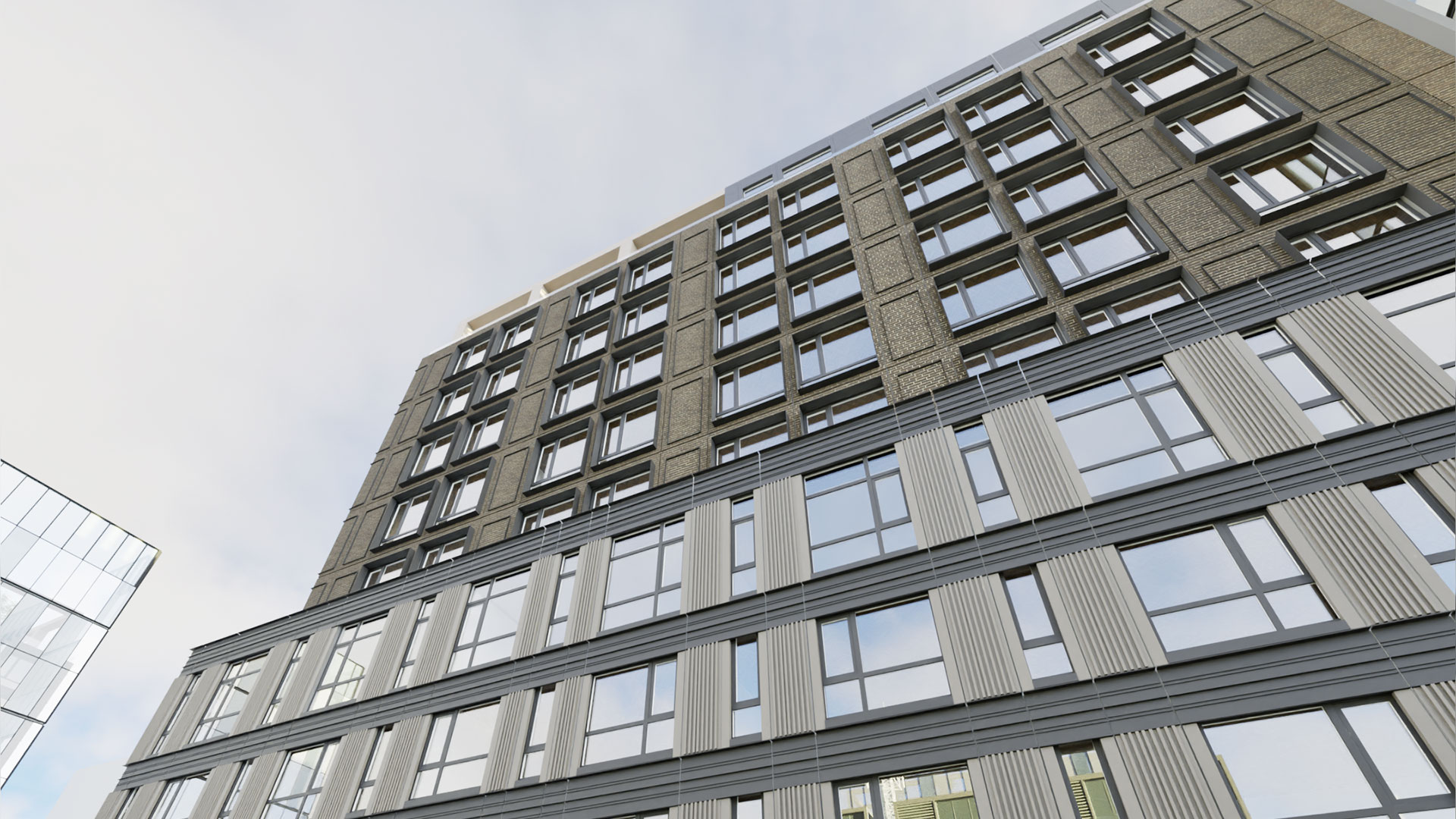
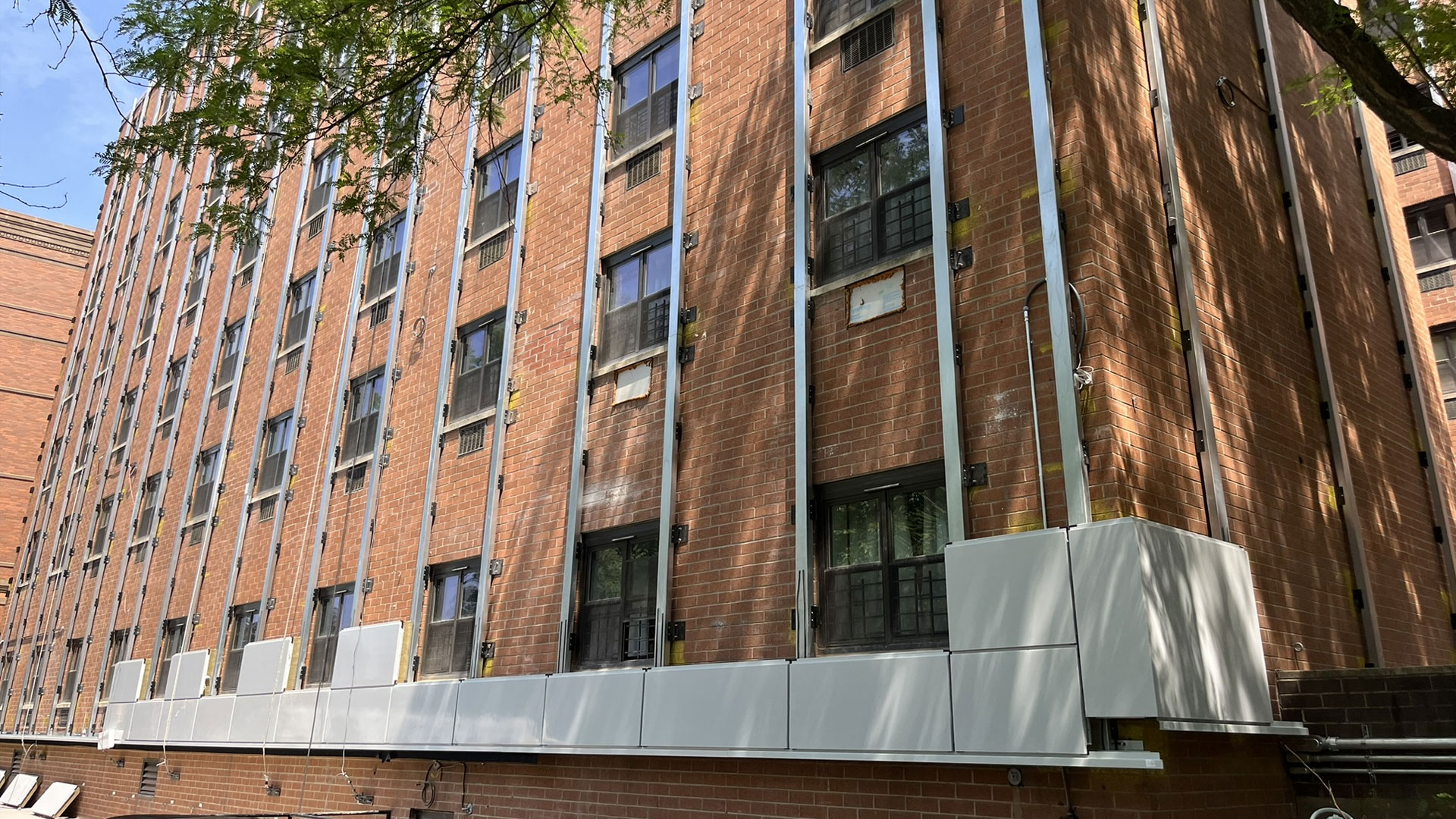
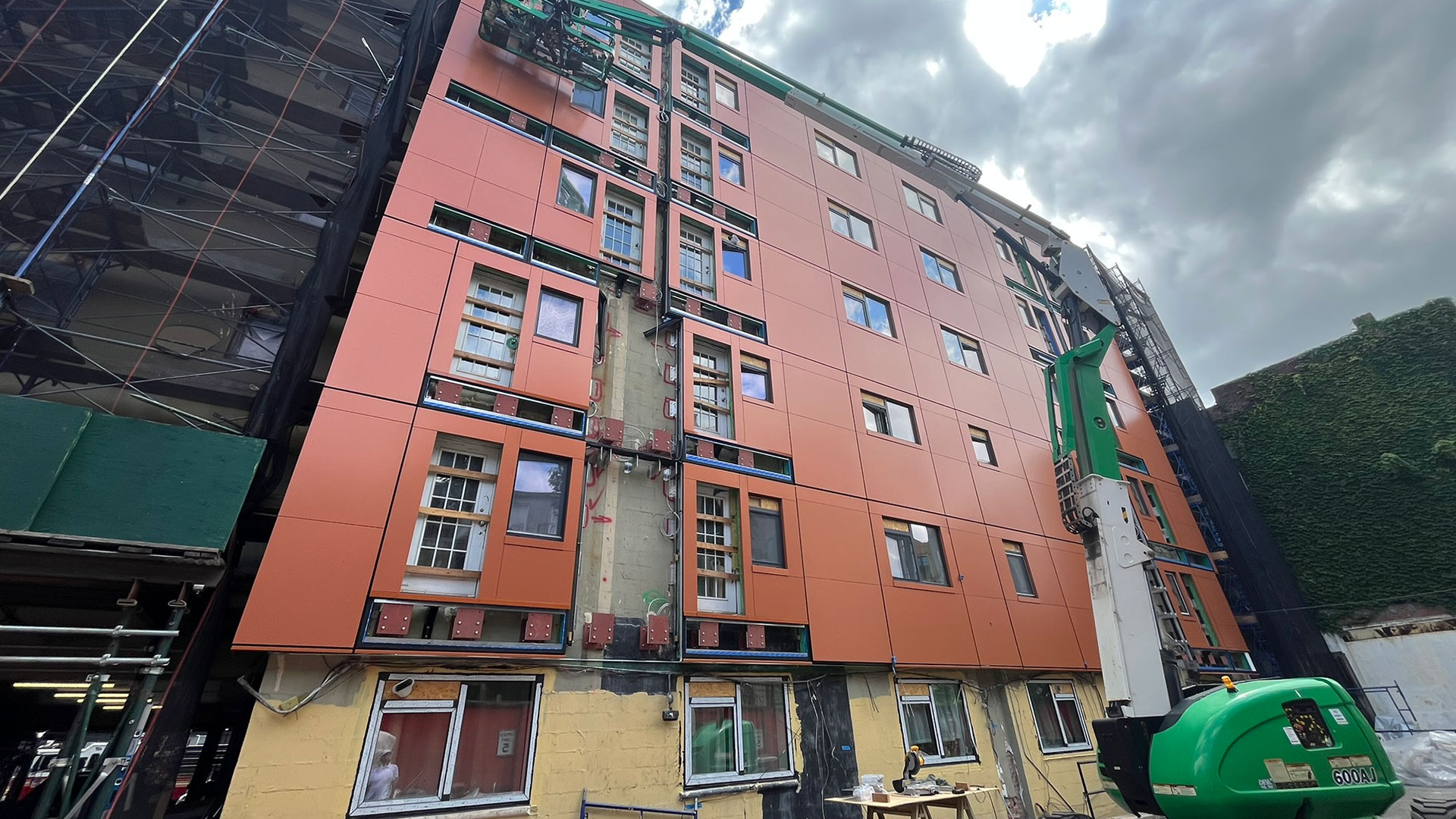
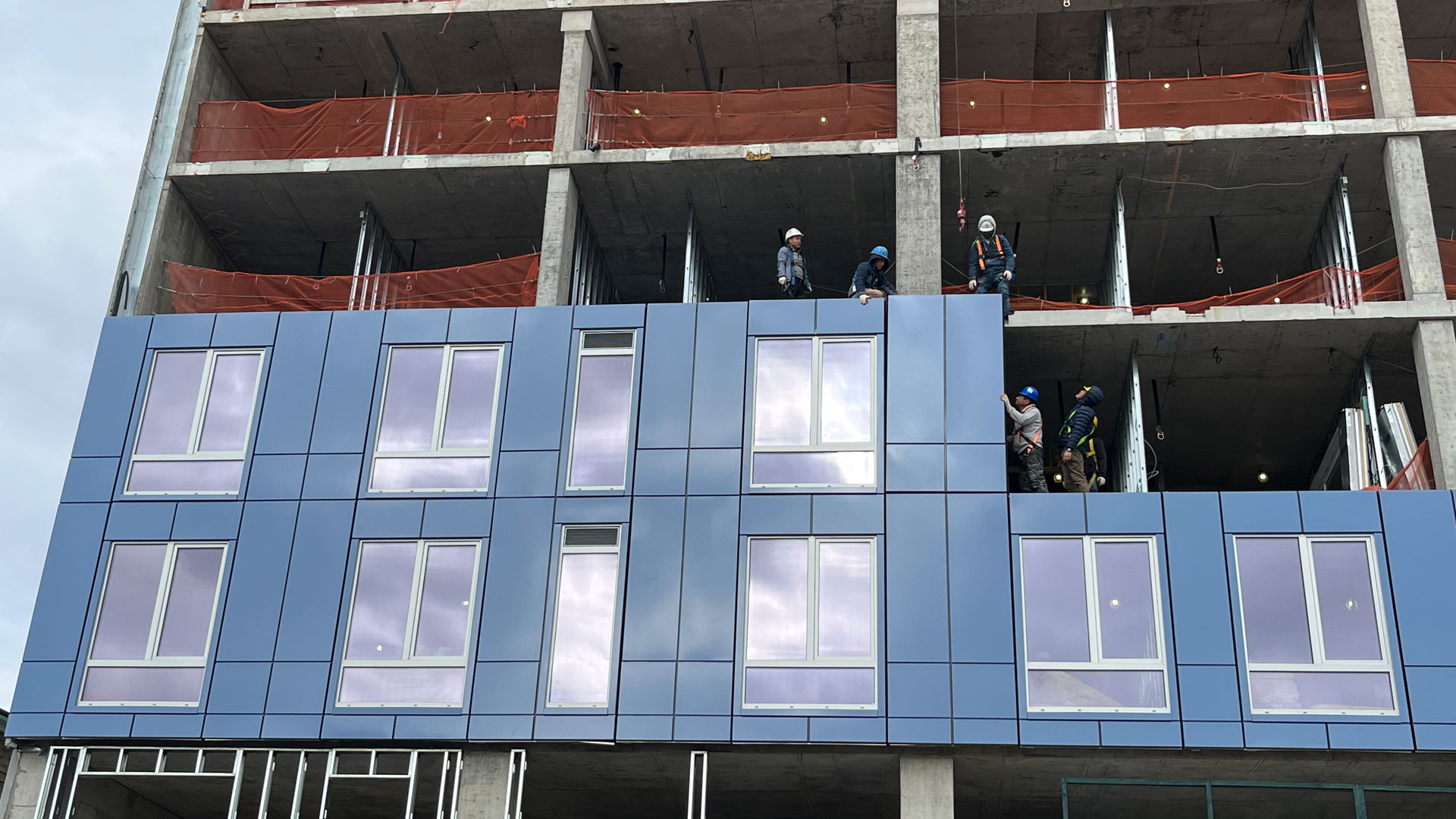
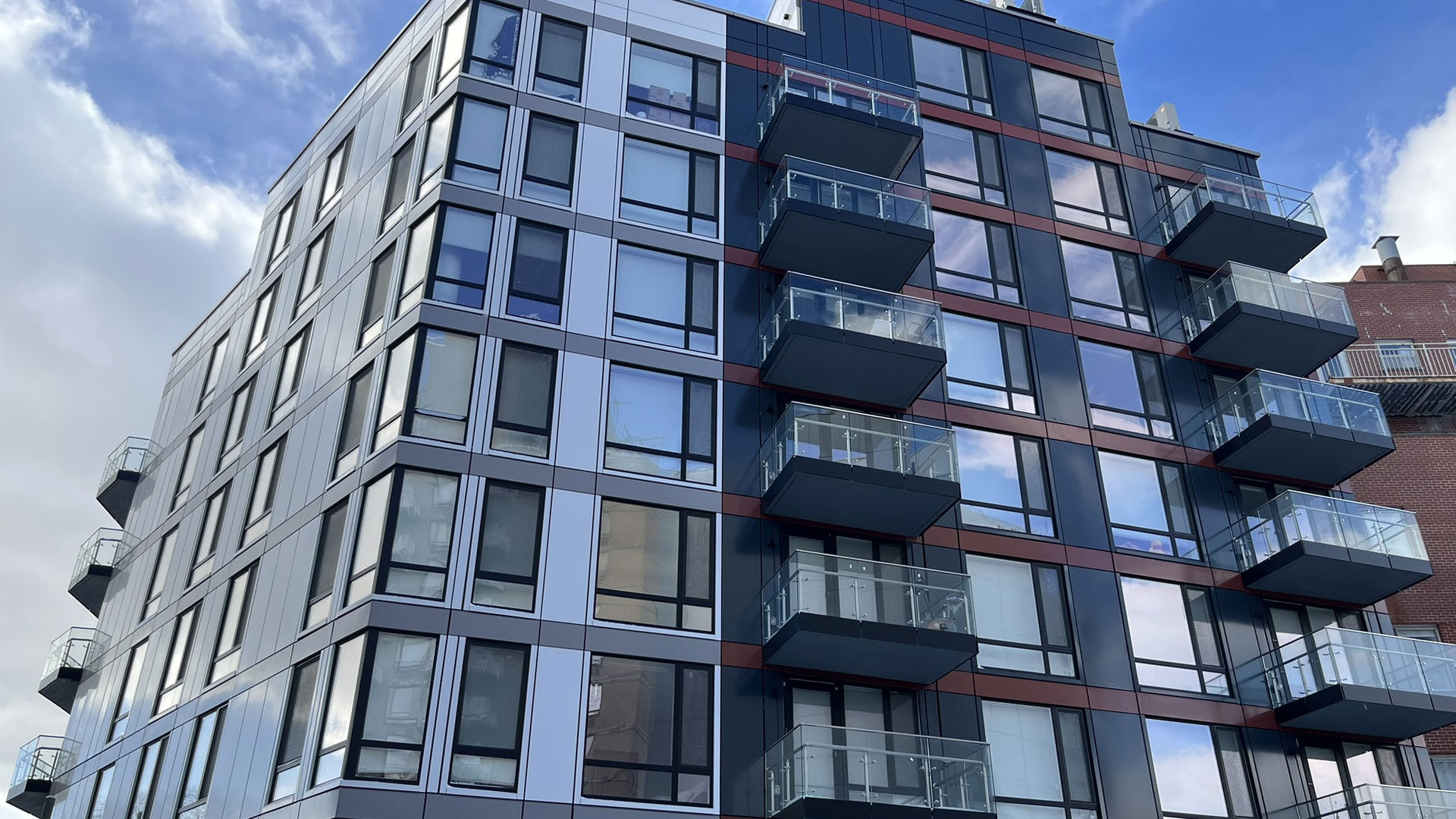
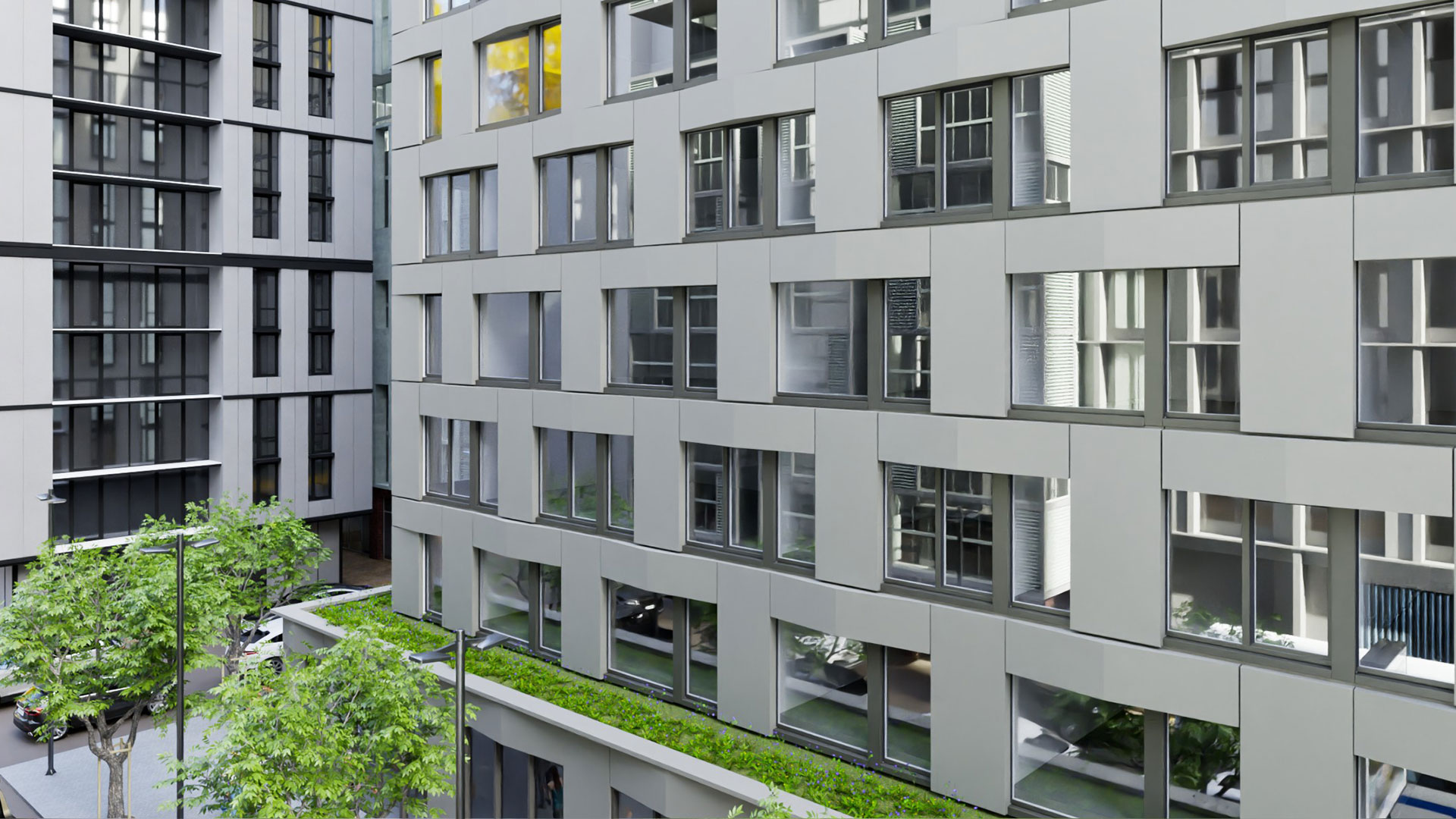
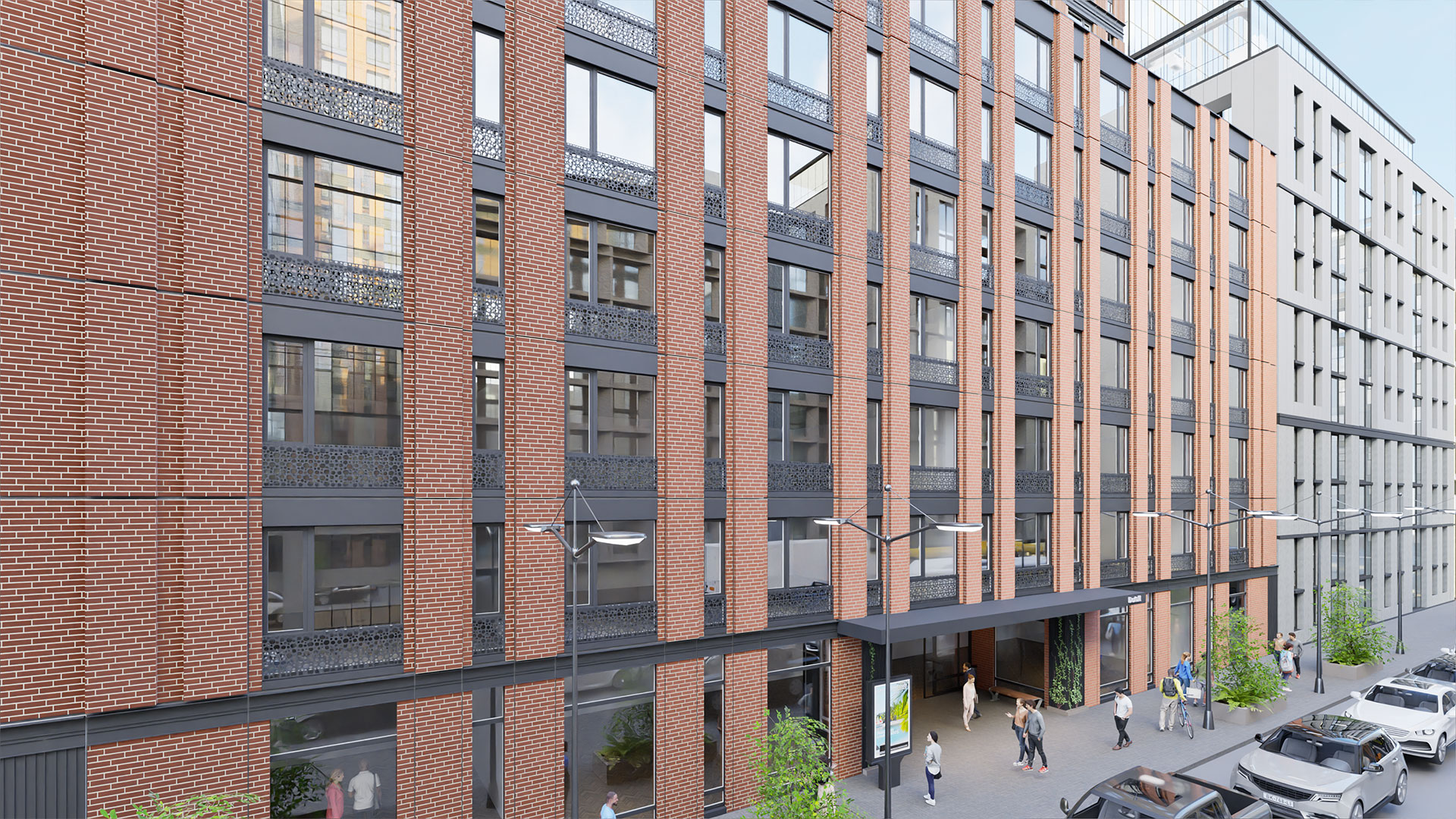
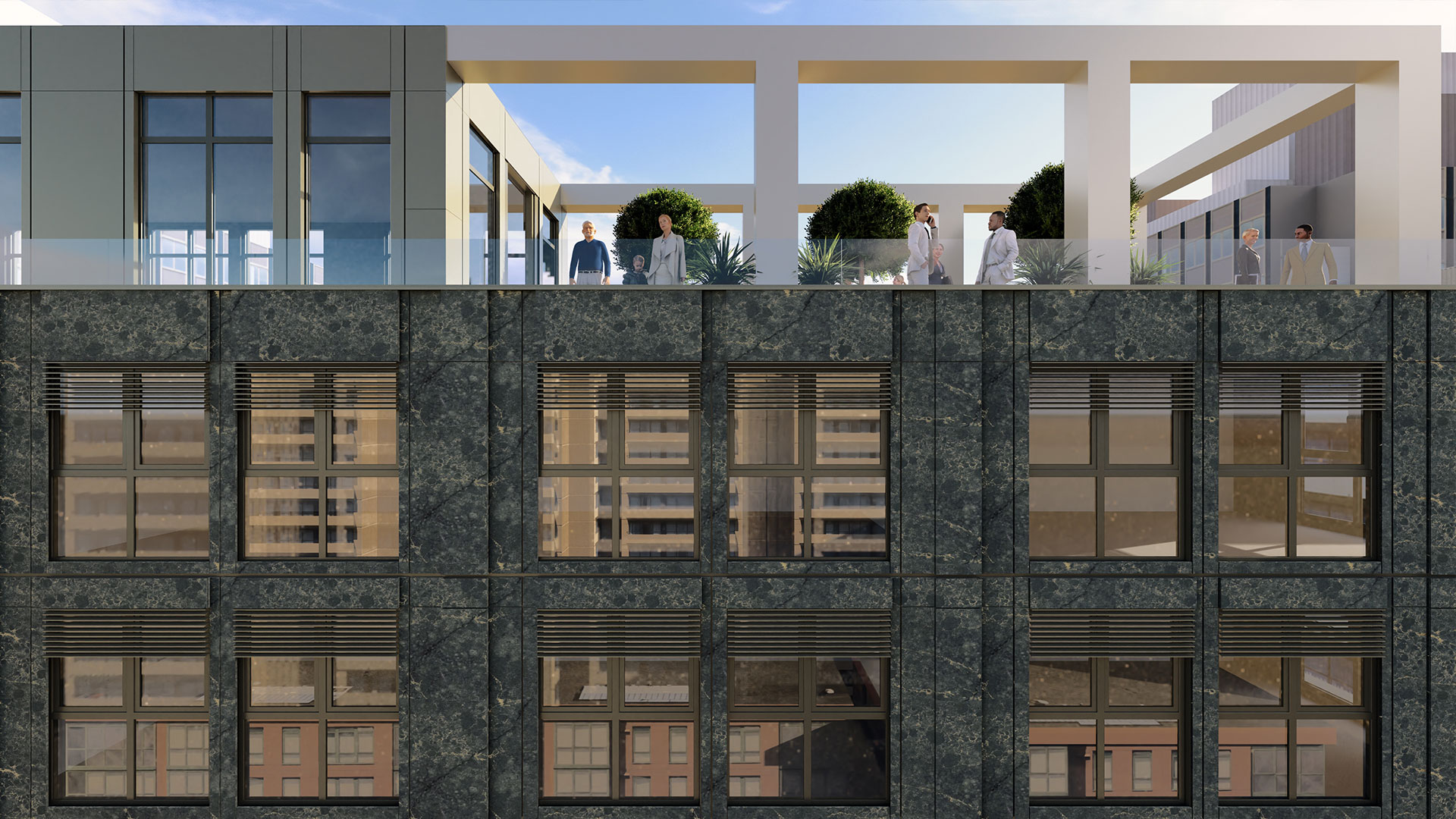
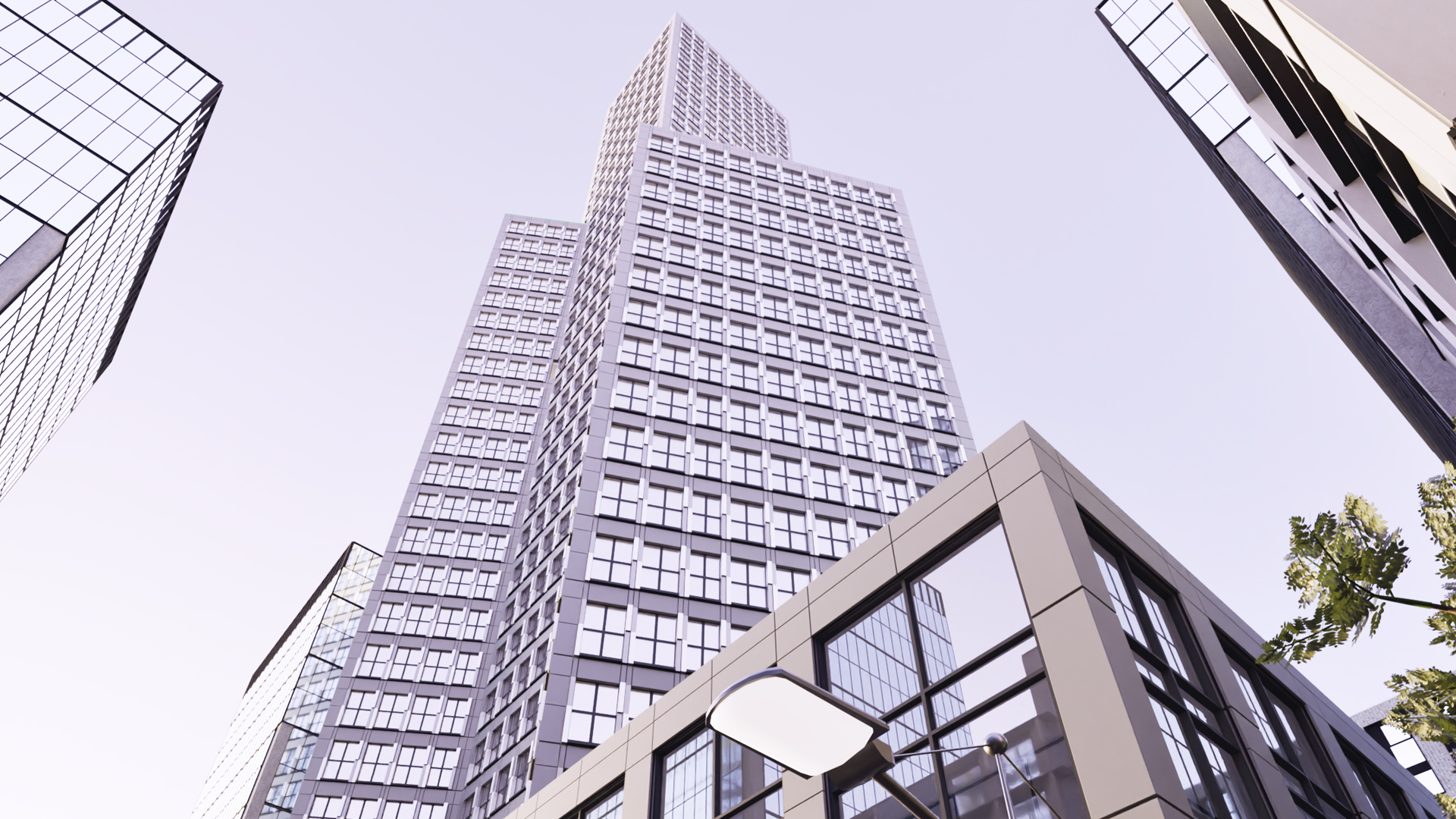
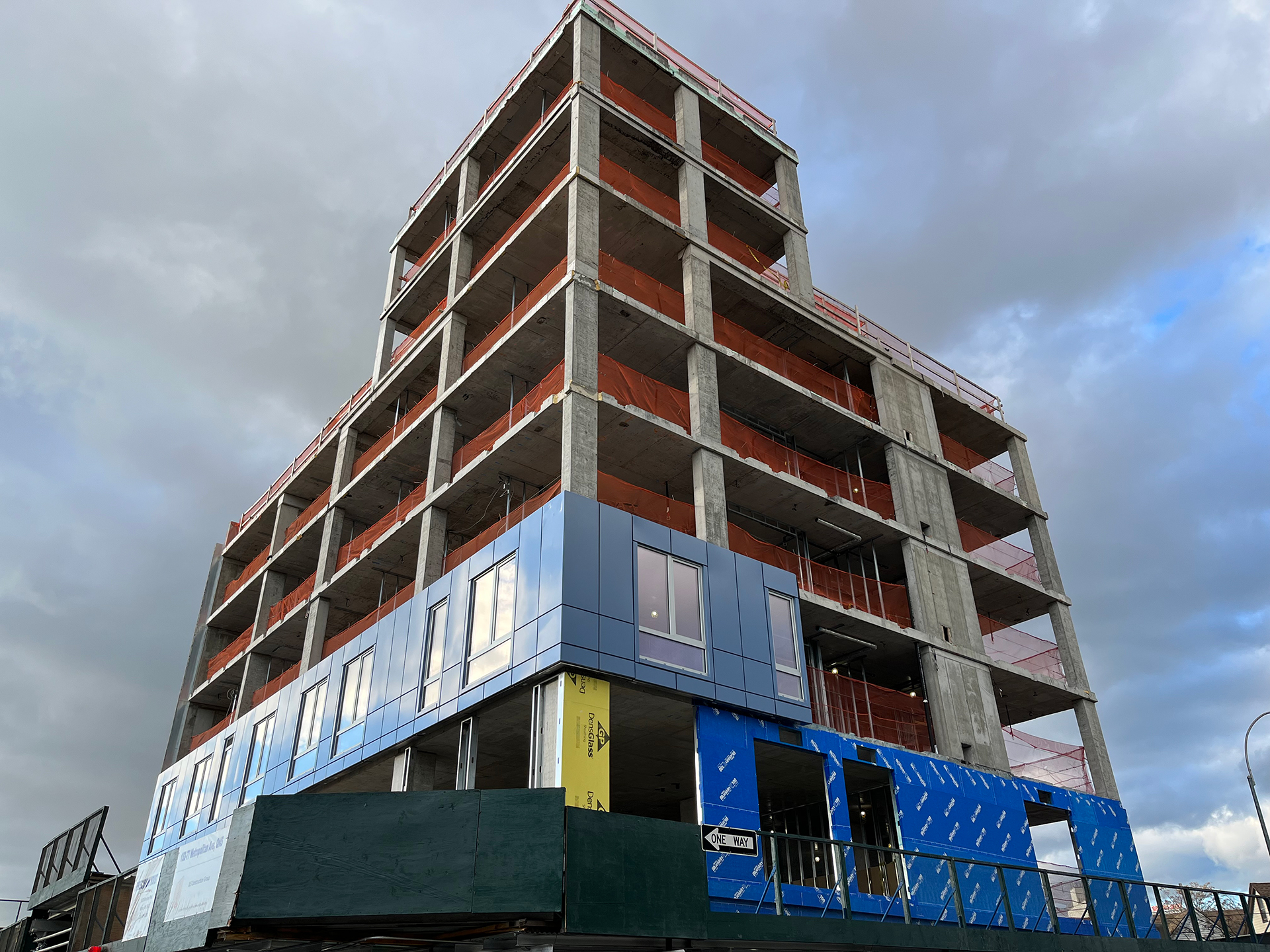






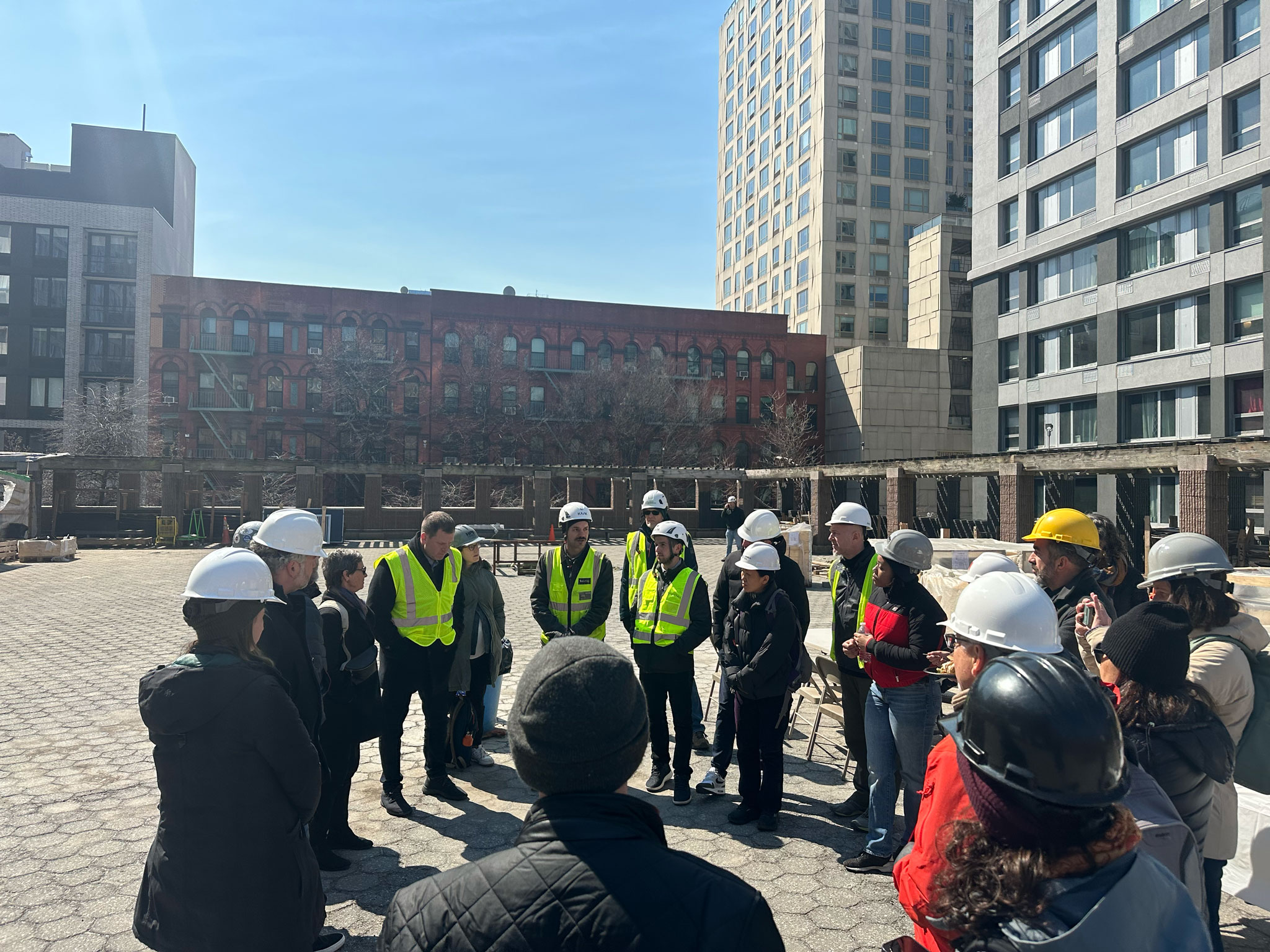



_format(webp).avif)
_format(webp)%20(6).avif)
_format(webp)%20(5).avif)
_format(webp)%20(4).avif)
_format(webp)%20(2).avif)
_format(webp)%20(3).avif)


.avif)
_format(webp)%20(2).avif)